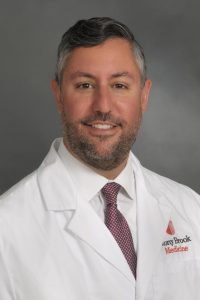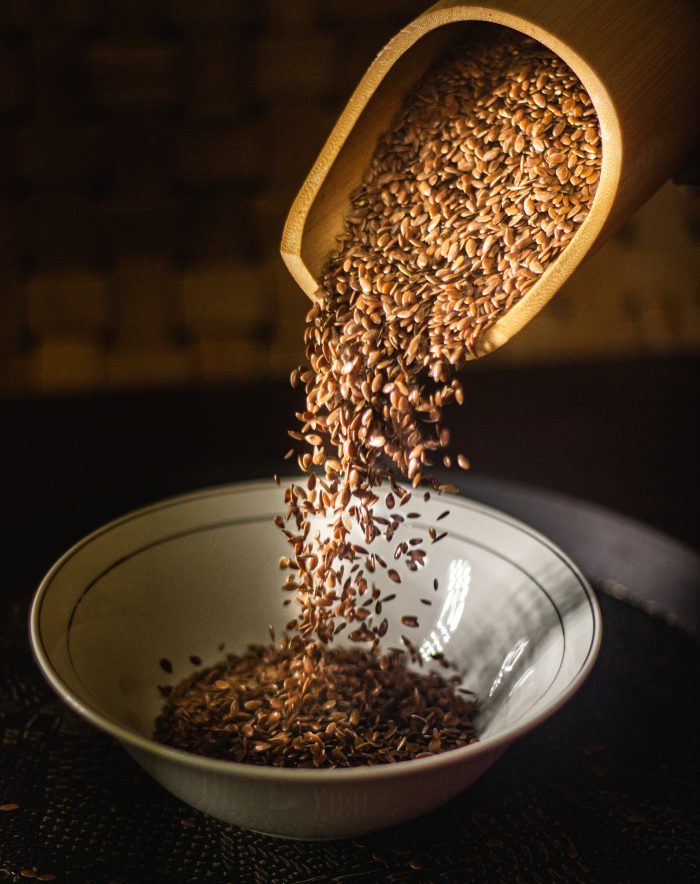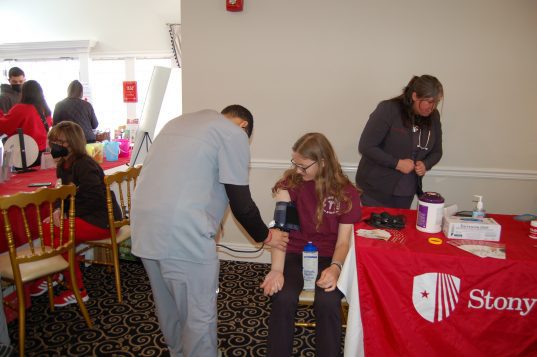Over-the-counter PPIs should be taken for no more than 14 days
By David Dunaief, MD

Gastroesophageal reflux disease (GERD) is one of the most commonly treated diseases in the U.S. While it is sometimes referred to as heartburn, this really a symptom. Proton pump inhibitors (PPIs), first launched in the late 1980s, have grown to become one of the top-10 drug classes prescribed or taken over-the-counter (OTC).
When they were first approved, they were touted as having one of the cleanest side-effect profiles. This may still be true, if we use them correctly. They are intended to be used for the short term only.
PPIs currently available OTC include Prilosec (omeprazole), Nexium (esomeprazole), Prevacid (lansoprazole), Protonix (pantoprazole), and Aciphex (rabeprazole). These and others are also available by prescription.
The FDA indicates that OTC PPIs should be taken for no more than a 14-day treatment once every four months. Prescription PPIs should be taken for 4 to 8 weeks (1).
While PPI pre-approval trials were short-term, many take these medications long-term. And the longer people are on them, the more complications arise. Among potential associations with long-term use are chronic kidney disease, dementia, bone fractures and Clostridium difficile, a bacterial infection of the gastrointestinal tract.
Chronic kidney disease
In two separate studies, results showed that there was an increase in chronic kidney disease with prolonged PPI use (2). All of the patients started the study with normal kidney function based on glomerular filtration rate (GFR). In the Atherosclerosis Risk in Communities (ARIC) study, there was a 50 percent increased risk of chronic kidney disease, while the Geisinger Health System cohort study found there was a 17 percent increased risk.
The first study had a 13-year duration, and the second had about a six-year duration. Both demonstrated modest, but statistically significant, increased risk of chronic kidney disease. But as you can see, the medications were used on a chronic basis for years. In an accompanying editorial to these published studies, the author suggests that there is overuse of the medications or that they are used beyond the resolution of symptoms and suggests starting with diet and lifestyle modifications as well as a milder drug class, H2 blockers (3).
Dementia risk
A German study looked at health records from a large public insurer and found there was a 44 percent increased risk of dementia in the elderly who were using PPIs, compared to those who were not (4). These patients were at least age 75. The authors surmise that PPIs may cross the blood-brain barrier and potentially increase beta-amyloid levels, markers for dementia. With occasional use, meaning once every 18 months for a few weeks to a few months, there was a much lower increased risk of 16 percent.
The researchers also suggested that PPIs may be significantly overprescribed in the elderly. Unfortunately, there were confounding factors that may have conflated the risk. Researchers also did not take into account family history of dementia, high blood pressure or excessive alcohol use, all of which have effects on dementia occurrence.
Bone fracture risk
In a meta-analysis of 18 observational studies, results showed that PPIs can increase the risk of hip fractures, spine fractures and any-site fractures (5). Interestingly, when it came to bone fractures, it did not make a difference whether patients were taking PPIs for more or less than a year.
They found increased fracture risks of 58, 26 and 33 percent for spine, hip and any site, respectively. It is not clear what may potentially increase the risk; however, it has been proposed that it may have to do with calcium absorption through the gut. PPIs reduce acid, which may be needed to absorb insoluble calcium salts. In another study, seven days of PPIs were shown to lower the absorption of calcium carbonate supplements when taken without food (6).
Absorption of magnesium, calcium and B12
PPIs may have lower absorption effects on several electrolytes including magnesium, calcium and B12. In one observational study, PPIs combined with diuretics caused a 73 percent increased risk of hospitalization due to low magnesium (7). Diuretics are commonly prescribed for high blood pressure, heart failure and swelling.
Another study confirmed these results. In this second study, which was a meta-analysis of nine studies, PPIs increased the risk of low magnesium in patients by 43 percent, and when researchers looked only at higher quality studies, the risk increased to 63 percent (8). The authors note that a significant reduction in magnesium could lead to cardiovascular events.
The bottom line
It’s best if you confer with your doctor before starting PPIs. You may not need PPIs, but rather a milder medication, such as an H2 blocker (Zantac, Pepcid). In addition, PPIs may interfere with other drugs you are taking, such as Plavix (clopidogrel).
Even better, start with lifestyle modifications including diet, not eating later at night, raising the head of the bed, losing weight and stopping smoking, if needed, and then consider medications (9).
If you do need medications, know that PPIs don’t give immediate relief and should only be taken for a short duration.
References:
(1) fda.gov. (2) JAMA Intern Med. 2016;176(2). (3) JAMA Intern Med. 2016;176(2):172-174. (4) JAMA Neurol. online Feb 15, 2016. (5) Osteoporos Int. online Oct 13, 2015. (6) Am J Med. 118:778-781. (7) PLoS Med. 2014;11(9):e1001736. (8) Ren Fail. 2015;37(7):1237-1241. (9) Am J Gastroenterol 2015; 110:393–400.
Dr. David Dunaief is a speaker, author and local lifestyle medicine physician focusing on the integration of medicine, nutrition, fitness and stress management. For further information, visit www.medicalcompassmd.com.



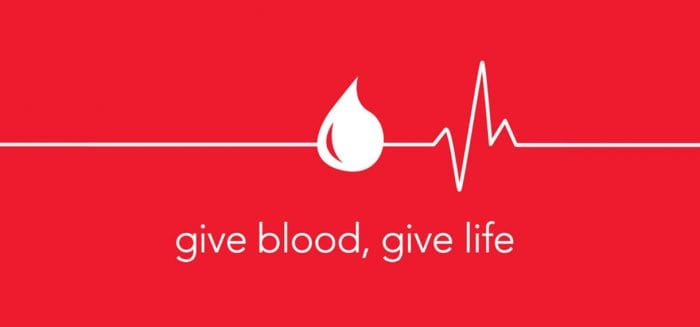



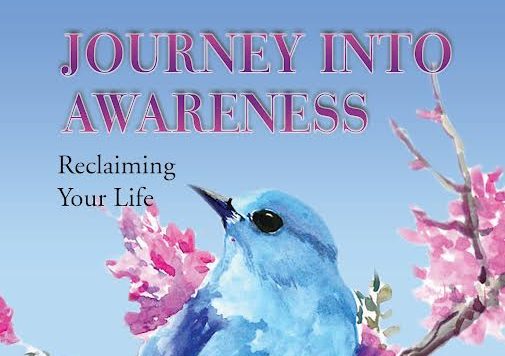

 Keyes has been in private practice on Long Island for the last 20 years, with a focus on alternative therapies, including EMDR (Eye Movement Desensitization and Reprocessing), clinical hypnotherapy and energy-focused therapies, incorporating spirituality into her work.
Keyes has been in private practice on Long Island for the last 20 years, with a focus on alternative therapies, including EMDR (Eye Movement Desensitization and Reprocessing), clinical hypnotherapy and energy-focused therapies, incorporating spirituality into her work.
